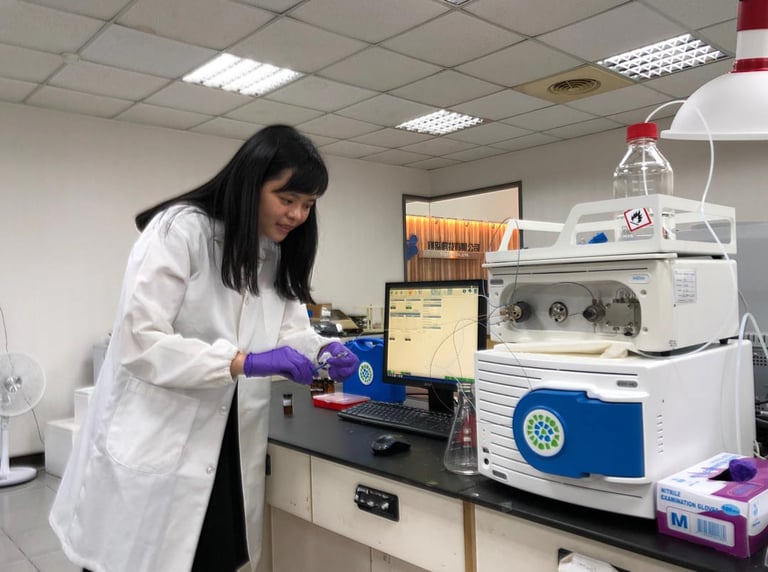Microsaic Systems PLC (LON:MSYS) Chief Executive Officer Glenn Tracey caught up with DirectorsTalk for an exclusive interview to discuss their final results, competing on a world stage & what we can expect in terms of sales this year.
Q1: Glenn, final results out today for the year ended December 2018, can you talk us through this morning’s results?
A1: So, I’d just like to set a bit of context so when we successfully raised finances last year, I stimulated key targets to be achieved. I said that we’d increase revenues in the short-term in 2018 which we delivered, and which are up 69% year-on-year, I also said that I’d increase our business development which would reduce our reliance at the time just on one partner plus also contribute to increasing revenues in 2019.
So, I’m pleased to say now we’ve got eight partners on board versus the one and as part of that also, I said I would focus on geographic expansion and now our partners cover North America, Europe, China and South-East Asia.
I suppose the only downside was that we didn’t proceed to the next level with the global partner that we’ve been talking about but to be quite honest, it’s given us freedom of movement to open wider discussions with other partners which we’re doing on many levels. So, whilst is was a little disappointing, actually it’s business as usual.
Q2: Now, revenues took a battering a couple of years ago, what’s different now?
A2: I wish there was a secret but really there isn’t, it’s down really to three factors. The first is to increase channel development, the sales, which I’ve just mentioned, obviously that takes a lot of hard work but also good judgement.
I also think by increasing competitiveness in current markets has helped with our continuous product enhancements, particularly with the 4500 and also to offer something compelling in our emerging markets which we’ve applied our research into bioprocessing.
The main focus is you’ve got to understand what our niche is which we’ve done, that’s not only in our traditional offering but also with a focus in bioprocessing.
I think to an extent, probably the product was ahead of its time, it was fantastic technology looking for attractive markets and I certainly think in the early years, the focus was heavily on centralised R&D.
What we’ve witnessed, first hand, is a real demand for point of need detection which is growing the evolution of realtime quality models and workflows, particularly in the biopharma sector.
Q3: You often talk about a small footprint, does that mean less performance?
A3: No, absolutely not, smaller doesn’t mean less performance at all, in actual fact, our specifications are published and widely out there, they’re available for anybody to go and take a look at.
Now, Microsaic Systems don’t have the massive power of a very high end piece of kit that you’d find in a centralised lab with a PhD operative and you wouldn’t get much change out of £300,000-500,000 but that’s exactly the market we’re not targeting. Increasingly, customers just don’t want or need that performance and I suppose when you think of our technology, think of realtime screening rather than centralised lab.
Q4: Just talking about your customers, your partners’ end customers, who are they? Are they really competing on the world stage when it comes to other big analytical companies?
A4: Yes, they are so I suppose I’ll answer it in two ways. When we partner with either a distributor or OEM’s, they are often a very well-known brand in their own right so for example, Gilson, Knauer and, perhaps actually little unheard of in the West but certainly in China, Unimicro. So, big brands in their own right plus they do sell into some of the biggest companies in the world, big pharma that pretty much everybody would have heard of, so I’m very convinced that we are playing on a world stage.
Q5: Finally, how has trading in 2019 started and what can we expect in terms of sales from Microsaic Systems this year?
A5: Well, 2019 started well and actually last week we mentioned we’d published, jointly, some very nice work with MIT and that’s focussed really on our new technology ProteinID which we also recently announced. What’s important about that work is it really showcases the fact that we can measure both small and large molecules in situ in realtime, now that’s really very important for regulators such as the EPA and also industry as they really try to nail the quality standards in designing and manufacturing these biologics.
So, stay tuned more for that collaboration certainly with MIT and actually, last week I was in Washington at one of these analytical conferences listening to the needs of the biologic industry, so I think certainly the ProteinID product is very well placed. So, some exciting times ahead.








































